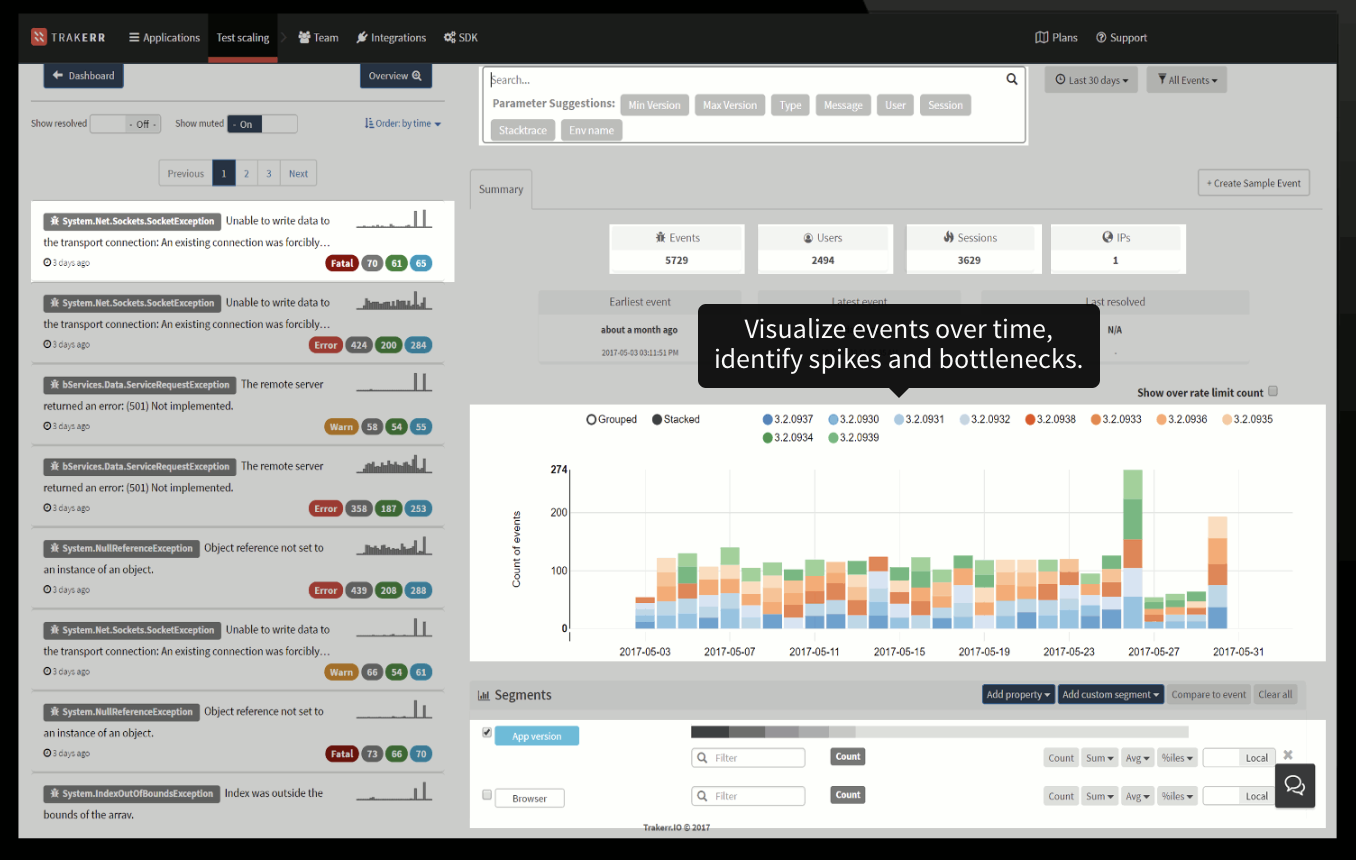Angular-interactive-image is a directive for angular 1.x for creating rich, responsive, less painful and interactive images with tooltips. It uses svgs to create highlighted areas based on where you specify, then adds rich tooltips from ui-bootstrap.
Demo of the tooltips in action is available at Trakerr.IO.
Include these two files in your project
<script src="./angular-interactive-image.min.js"></script>
<link href="./angular-interactive-image.css"></link>
If you don't already have it, you'll also need ngSanitize.
<script src="bower_components/angular-sanitize/angular-sanitize.js"></script>
Inject it into your module
Works in all modern browsers except IE 11 and below. Edge is fine.
angular
.module('app', [
'ngRoute',
'ui.bootstrap',
'angular-interactive-image'
])
...<div interactive-image
imagepath="'MyImage.png'"
width="1287"
height="968"
mask="
{
x: 226,
y: 62,
width: 1466,
height: 930
}"
tooltips="[
{
width: 60,
height: 30,
x:200,
y:200,
text:'foo',
},
{
width: 60,
height: 30,
x:200,
y:200,
filePath:'app/tooltips/tooltip2.html',
},
{
width: 60,
height: 30,
x:200,
y:200,
html:'<h1>Some text</h1>'
}]">
</div>
//I suggest storing your tooltip data in a separate file or in a $scope variable, then referring to it like
tooltips="myTooltips"Simply enter the native height and width of the image, this is required in order for it to work properly.
The Image you want to use as the background.
If you want the mask to only appear on a specific area of the image. For example, if you have an image of a laptop and you only want the image to cover the screen of the laptop.
"{
x: 226,
y: 62,
width: 1466,
height: 930
}"The array of JSON objects that contains the info for all the tooltips.
It works on the coordinate system like any svgs, but you use the exact spot in the NATIVE resolution of the image. This indicates where the highlighted section will appear. The following example will highlight a 50/50 area in the top-left corner of the image.
"{
width: 50,
height: 50,
x: 0
y: 0
}"This just puts plain text in the tooltip, looks pretty ugly, I wouldn't use this in production.
Write directly tooltips directly in html, tends to be best for simple tooltips.
Point the tooltip to a specific html template. Can be good if the tooltip is complex and you need to isolate the markup so it doesn't clutter up the json.
